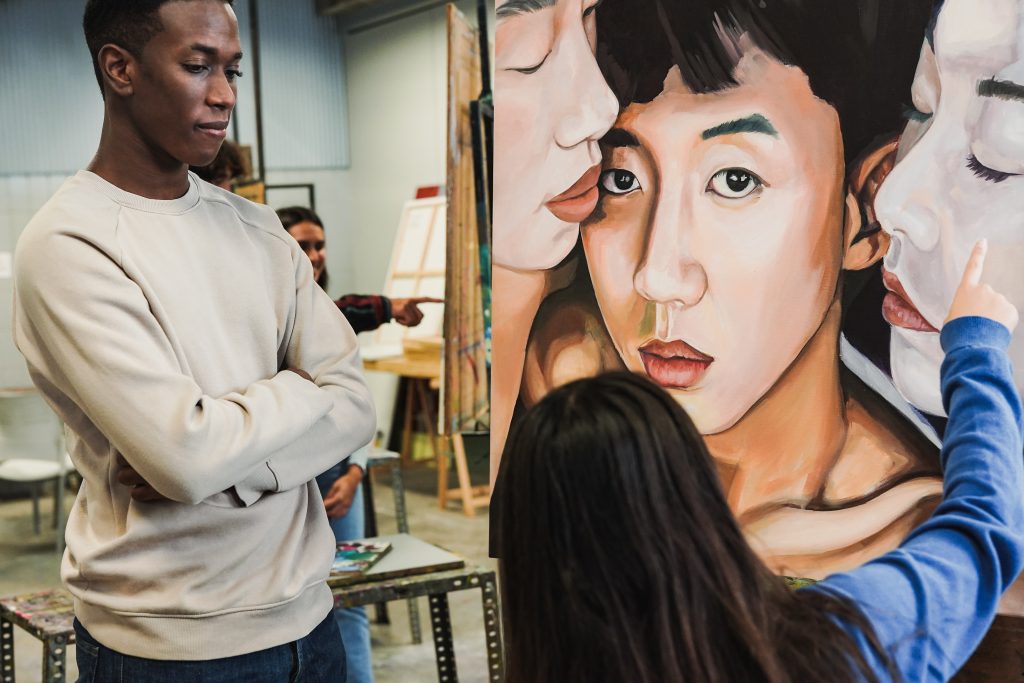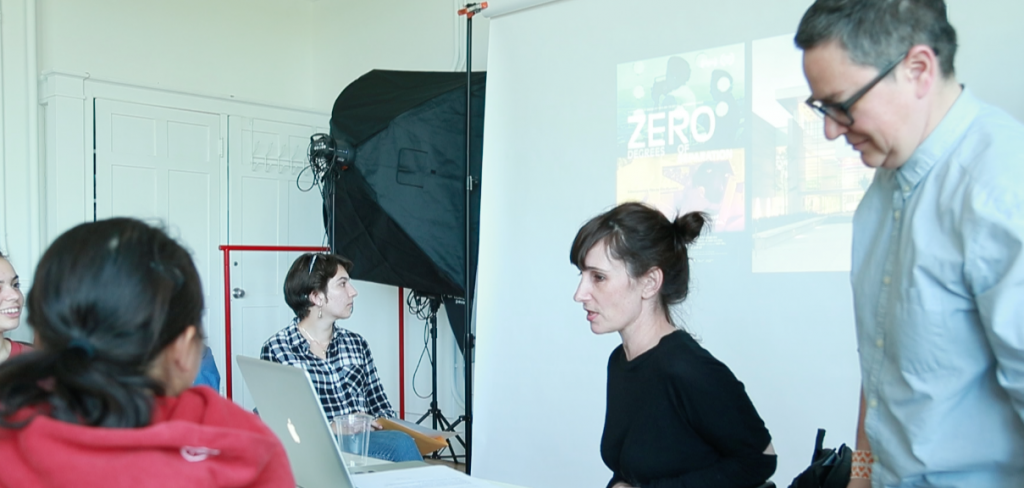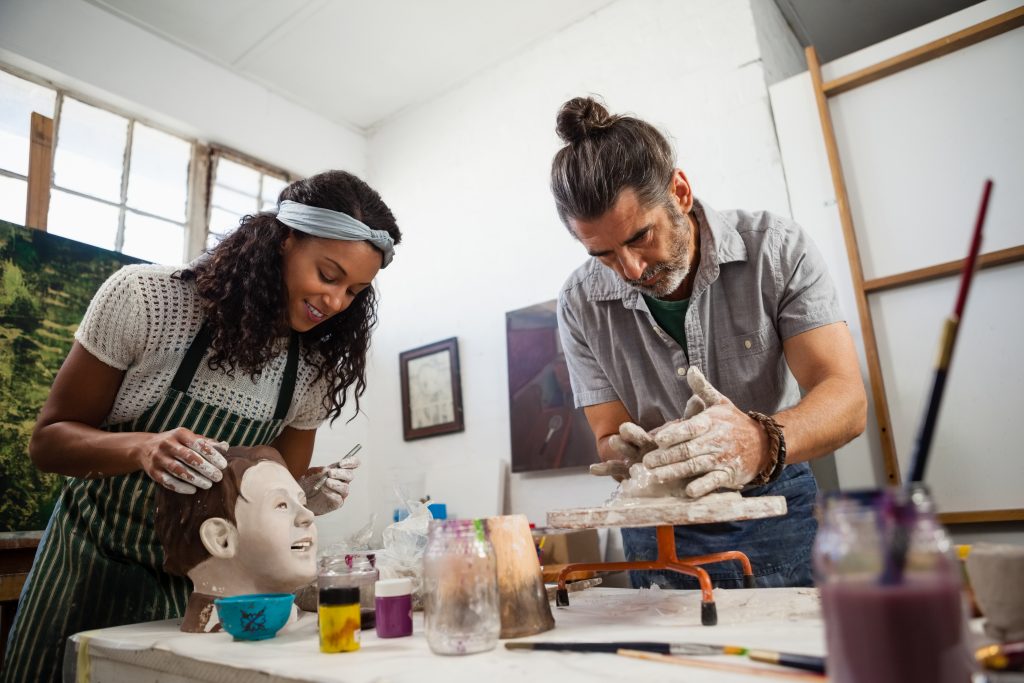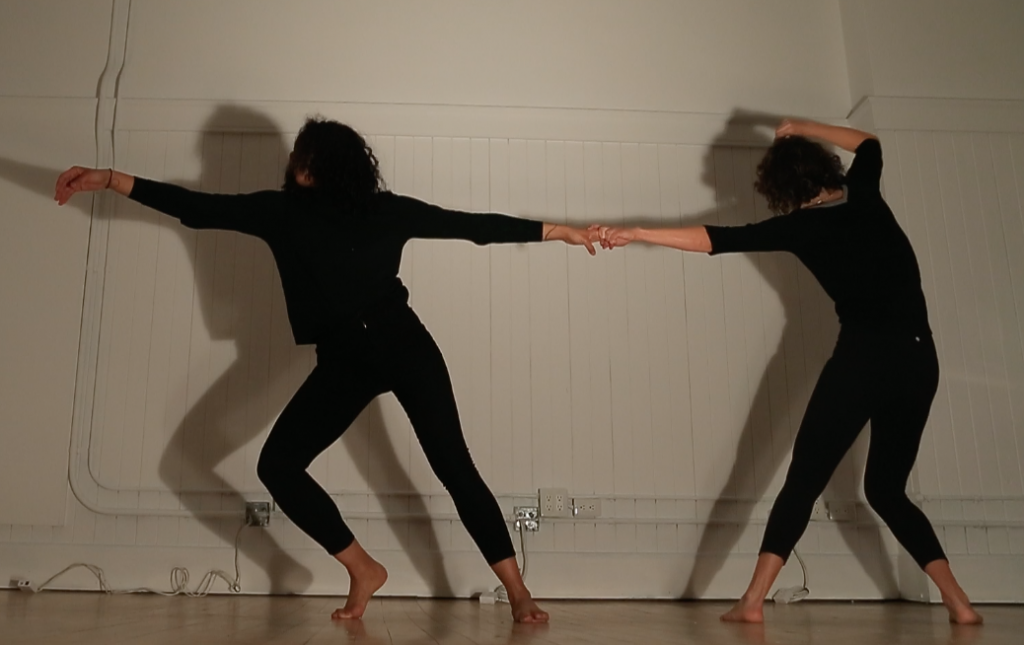Written by Salvador Alanis at Institute for Creative Exchange in partnership with Toronto Region Immigrant Employment Council (TRIEC)
The Institute for Creative Exchange (ICE) believes that sharing artwork from cultures worldwide is essential for integrating the first-generation immigrants that make up 51% of Toronto’s population. ICE, an association of TRIEC Professional Immigrant Networks (PINs), offers a deeper understanding of different cultures by presenting the contemporary art of global creatives and thinkers to creative communities across Canada. It’s not only a cultural exchange but also provides an opportunity for Canadians to consider a variety of perspectives and societal expressions that may differ from their own.

Sometimes, when international artists and cultural figures aren’t well-known in Canada, their work can be interpreted within the same theoretical lens through which North American culture is interpreted. Without the cultural context, this can generate a reductive critique that lacks full understanding.

An artist’s professional development can be quite different from that of other professions; reputation and value, for example, aren’t things that can be easily listed on a resume. In the case of artistic work, reputation and value go through very different processes. It is not only the activities that the artist has carried out. A scale of values depends on where the artists’ work and is only sometimes understood in places other than those that directly influence them. A curated exhibition in a gallery abroad can be a considerable achievement or an inconsequential event if we need to understand the context and the market in which it takes place. A respected writer, for example, can enjoy a prolific career with works published in their own language; but if they don’t make an impact in an international market, the writer can be undervalued or even unknown outside of their home country.
It’s not easy to adapt to a new life in a new country. Artists arriving in Canada also struggle with the inherent difficulties of having their work appreciated in a new art ecosystem. They also have to validate the seemingly impossible: their importance in culture. This challenge can be disheartening for artists. It’s also a loss of diverse perspectives within artistic communities in Canada.
We all lose when artists arrive in Canada and cannot present their discourse in their new country. We lose the perspective of a creator of signs; we lose that which forces us to see reality with different eyes; we lose a universe that would otherwise be part of our universe.

To overcome this, ICE takes a two-level approach. First, we encourage dialogue between newcomer artists and Canadian creative communities to bridge the gap between potential differences and arrive at a place of reciprocal understanding. And second, we integrate specific professionals into the conversation, so that the artist’s work can be discussed in a broader context.

ICE is concerned with how complicated it can be to translate international artistic work in a Canadian context. The association fights to break through the insularity often found in the Westernized markets of Canada, the United States, and United Kingdom by providing a platform exchange in which international, immigrant, and local artists collaborate creatively and engage in dialogue. By embracing this vibrant synergy, ICE celebrates the rich tapestry of global artistry and helps foster a more inclusive and dynamic artistic community and ecosystem in Canada.
To achieve this, ICE takes a two-level approach. First, conversation is encouraged between newcomer artists and Canadian artistic communities to bridge the gap between potential differences and arrive at a place of reciprocal understanding. Second, specific professionals are integrated into the conversation to discuss the artist’s work in a broader context.
ICE has worked with universities, museums, cultural institutions, and governments across the world in its efforts to support international artists and help promote cultural exchange and integration. It has organized workshops with globally acclaimed artists and coordinated the production of projects including exhibitions and books. It has also created acceleration programs for various creative industries that support companies owned by immigrant artists in Canada.

By championing the work of internationally trained artists, ICE plays a crucial role in fostering a more inclusive and diverse Canadian art scene. The organization’s efforts to bridge cultural gaps and promote understanding through artistic exchange contribute to a richer, more vibrant cultural landscape. As ICE continues its mission, it helps to ensure that the voices and visions of immigrant artists are celebrated and appreciated across Canada.

Who We Are
Institute for Creative Exchange (ICE)
The Institute for Creative Exchange – Americas (ICE) is a non-profit organization that brings together artists, writers, academics, and cultural practitioners in an interdisciplinary international exchange that allows untapped stories and artistic practices to unfold.
Website: https://iceamericas.org/
LinkedIn: https://ca.linkedin.com/company/institute-for-creative-exchange
Facebook: https://www.facebook.com/iceamericas/
YouTube: https://www.youtube.com/@iceamericas
Toronto Region Immigrant Employment Council (TRIEC)
The Toronto Region Immigrant Employment Council (TRIEC) is here to address the persistent problem of immigrant underemployment – the fact that extremely highly skilled people come to Toronto from all over the world and end up in low-skilled jobs. We want to make sure the Greater Toronto Area benefits from the untapped potential of immigrants, rather than wasting the tremendous skills and experience that they have to offer.
Website: https://triec.ca/
LinkedIn: https://www.linkedin.com/company/1502955/
X/Twitter: https://twitter.com/triec
Instagram: https://www.instagram.com/triec.ca/
Facebook- https://www.facebook.com/TRIECMentoringPartnership/







